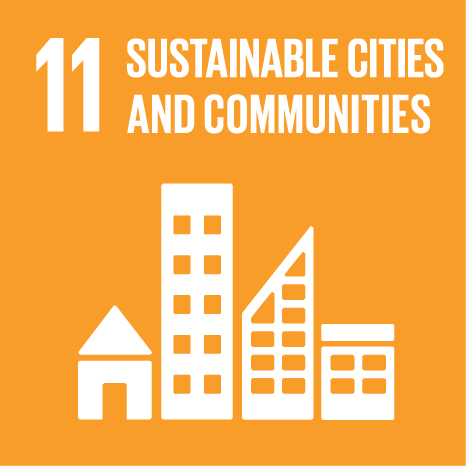Ciência_Iscte
Publications
Publication Detailed Description
Raul Lino and the City
Journal Title
Preprints
Year (definitive publication)
2019
Language
English
Country
Switzerland
More Information
--
Web of Science®
This publication is not indexed in Web of Science®
Scopus
This publication is not indexed in Scopus
Google Scholar
This publication is not indexed in Overton
Abstract
Over a period of nearly one hundred years, Raul Lino da Silva (1879-1974) experienced the profound political, social and economic changes that marked the twentieth century in Portugal. Having been born during the Constitutional Monarchy (1822-1910), he lived through the First Republic (1910-1926), the Military Dictatorship (1926-1933) and the Second Republic, or Estado Novo (New State, 1933-1974), and died shortly after the Carnation Revolution of 25 April 1974, at the dawning of the Third Republic. Raul Lino was the architect who published the most in Portugal, having become known through his advocacy of the “Campanha da casa portuguesa” (“Portuguese house campaign”), which provoked a great deal of controversy among his peers. He is less known for the transversal quality of his synthesis between architecture, the decorative arts and territory, and its underlying affirmation of an idea of the city, which we conjecture from a diagonal reading of his theoretical and plastic narrative. We limit the analysis to the first half of the 20th century, concentrating on ten case studies, that encompass architectural projects, urbanistic plans and reports. The above expound the broad conception which he defended in the same year as was held the First National Architecture Congress (1948), whose proposals ratified in Portugal the orthodoxy established in 1933 by the International Congresses of Modern Architecture (CIAM). Quoting Aristotle Raul Lino conceived the city as the locus of happiness, shaping the possibilities of consensus between tradition and modernity by means of architecture, which is both envelope and stage for our collective existence. In fact, Raul Lino anticipated themes to be found in the narratives of authors like Aldo Rossi (1966), Paul Virilio (2004, 2009) or Peter Zumthor (2006), and his thought proves particularly relevant and timely in the present day.
Acknowledgements
--
Keywords
Raul Lino,architecture,city,circumstance,modernity,continuity
Fields of Science and Technology Classification
- Arts (arts, history of arts, performing arts, music) - Humanities
Contributions to the Sustainable Development Goals of the United Nations
With the objective to increase the research activity directed towards the achievement of the United Nations 2030 Sustainable Development Goals, the possibility of associating scientific publications with the Sustainable Development Goals is now available in Ciência_Iscte. These are the Sustainable Development Goals identified by the author(s) for this publication. For more detailed information on the Sustainable Development Goals, click here.

 Português
Português


